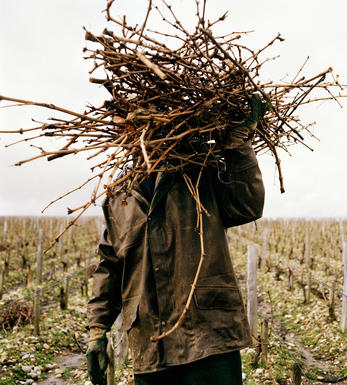
Critics reviews
Antonio Galloni - 22/12/2008
About this WINE

Champagne Philipponnat
Champagne Philipponnat is based in Mareuil sur Aÿ Roman in along the banks of the River Marne. Philipponnat makes a wide range of wines but the house’s fame rests squarely on the monumental Clos des Goisses, a Pinot-dominated Champagne that emerges from a 5.5 hectare vineyard in Mareuil-sur-Ay.

Champagne blend
Which grapes are included in the blend, and their proportion, is one of the key factors determining the style of most Champagnes. Three grapes are used - Pinot Noir, Chardonnay and Pinot Meunier.
26% of vineyards in Champagne are planted with Chardonnay and it performs best on the Côtes des Blancs and on the chalk slopes south of Epernay. It is relatively simple to grow, although it buds early and thus is susceptible to spring frosts. It produces lighter, fresher wines than those from Burgundy and gives finesse, fruit and elegance to the final blend. It is the sole grape in Blancs de Blancs, which are some of the richest long-lived Champagnes produced.
Pinot Noir accounts for nearly 40% of the plantings in Champagne and lies at the heart of most blends - it gives Champagne its body, structure, strength and grip. It is planted across Champagne and particularly so in the southern Aube district.
The final component is Pinot Meunier and this constitutes nearly 35% of the plantings. Its durability and resistance to spring frosts make the Marne Valley, a notorious frost pocket, its natural home. It ripens well in poor years and produces a soft, fruity style of wine that is ideal for blending with the more assertive flavours of Pinot Noir. Producers allege that Pinot Meunier lacks ageing potential, but this does not deter Krug from including around 15% of it in their final blends.



Buying options
Add to wishlist
Description
The 1999 Clos des Goisses flows from the glass with the essence of minerals, chalk, smoke, ash, white peaches, pears, flowers and sweet oak. This is a muscular, powerful wine that needs serious bottle age to come around, yet it possesses striking clarity and detail in its aromatics and flavors. Clos des Goisses is one of the most rewarding wines to drink when mature, and I have no doubt this will be another splendid version. This refined, sumptuous wine is not to be missed. Clos des Goisses is 70% Pinot Noir and 30% Chardonnay, and 30% of the wine was fermented in oak. This bottle was disgorged in March 2007. Anticipated maturity: 2011-2024.
Antonio Galloni - 22/12/2008
wine at a glance
Delivery and quality guarantee